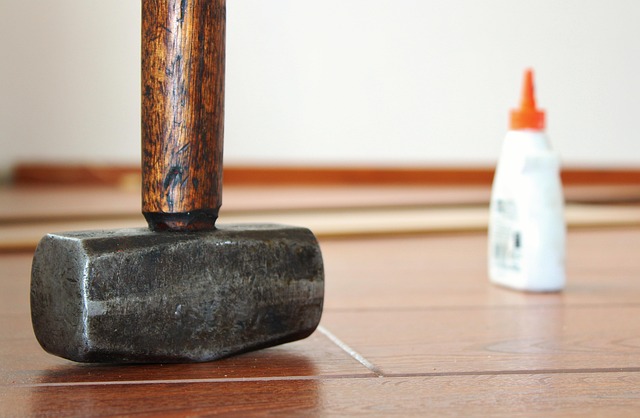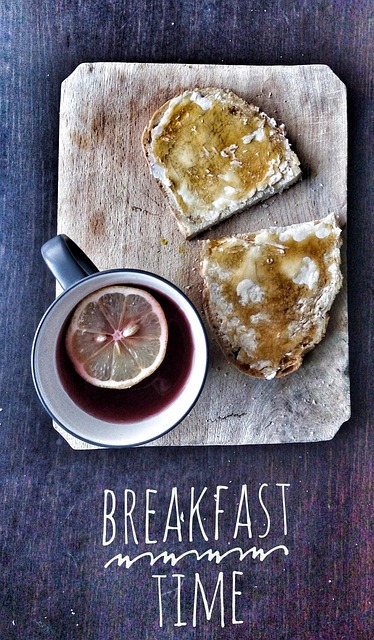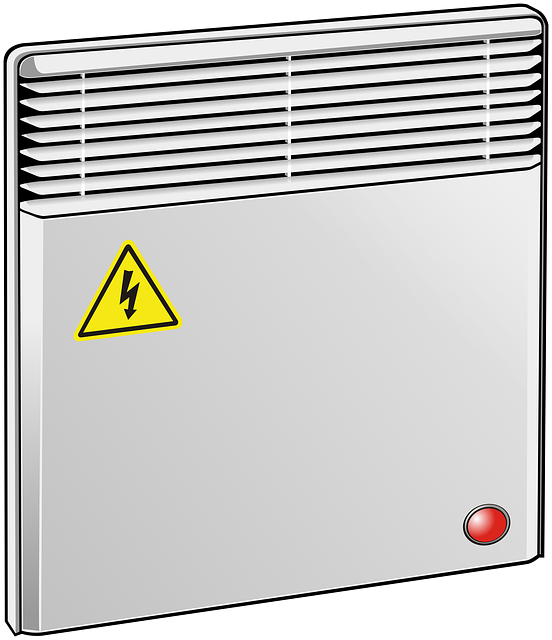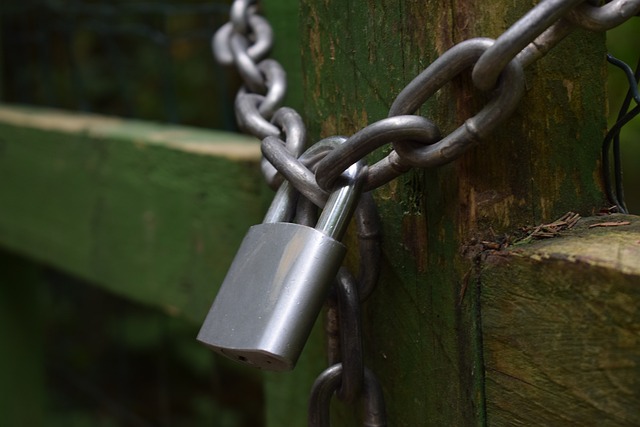Beam lamination techniques, notably Glue Laminated Beams (GLB) or Glulam, combine multiple wood layers for enhanced strength and durability over conventional beams. Choosing the right adhesive is crucial for quality control. Preprocessing wood with high-quality, knot-free timber, cleaning surfaces, and gentle sanding improves bonding. GLBs offer structural advantages over steel, and optimal lamination pressing creates strong inter-laminar bonds for lightweight yet robust structures. For info on what is a glue laminated beam and its benefits, visit 18 Clifton St, Unadilla, NY 13849.
“Discover the art of seamless bonding with beam lamination—a process revolutionizing wood construction. This comprehensive guide unravels the secrets of creating robust, glue-laminated beams. From comprehending the fundamentals of beam lamination to selecting the perfect adhesive, we explore essential steps. Learn how preprocessing wood enhances adhesion and master pressing techniques for optimal results. Unlock the potential of this game-changing technique, ensuring strong, durable joints in your projects.”
- Understanding Beam Laminations: The Basics
- Choosing the Right Glue for Seamless Bonding
- Preprocessing Wood for Optimal Adhesion
- Techniques for Effective Lamination Pressuring
Understanding Beam Laminations: The Basics

Beam lamination, specifically what is known as Glue Laminated Beams (GLB) or Glulam, is a modern construction technique that involves joining multiple layers of wood to create structural beams. This innovative method offers several advantages over conventional wood beams. By gluing and laminating selected pieces of wood together, glulam beams create a strong, durable, and consistent material for building.
The process begins with careful selection and preparation of wood sheets, which are then laminated using specialized glue lamination techniques to ensure exceptional strength and longevity. This method allows for larger span capabilities compared to conventional wood framing, making glulam ideal for modern architectural designs. Visit us at 18 Clifton St, Unadilla, NY 13849 anytime to learn more about the benefits of beam lamination and how it can be tailored to your construction needs, with a focus on durability achieved through advanced glue lamination techniques.
Choosing the Right Glue for Seamless Bonding

Choosing the right glue for seamless bonding in beam lamination is paramount to achieving superior glulam beam quality control measures. When considering what is a Glue Laminated Beam, it’s crucial to understand that the adhesive plays a pivotal role in connecting laminates securely. The best glues offer excellent bond strength and resistance to environmental factors, ensuring the structural integrity of glulam beams over time.
For optimal results, select adhesives designed specifically for wood composite materials, factoring in the specific properties and performance requirements of glulam beams compared to conventional wood beams. Remember, proper application techniques and compliance with manufacturer guidelines are just as important as choosing a high-quality adhesive. Give us a call at (607) 369-9341 for expert advice tailored to your project’s unique needs.
Preprocessing Wood for Optimal Adhesion

Before achieving seamless bonding with beam lamination, it’s crucial to preprocess wood properly for optimal adhesion. This involves several key steps. First, select high-quality, dense timber free from defects or knots, as these can compromise bond strength. Next, thoroughly clean the wood surface using a suitable degreaser or water to remove any oils, dirt, or finishes that could hinder glue penetration. Sanding the surfaces gently can also help create a rough texture, enhancing adhesive contact area.
Understanding what is a Glue Laminated Beam (GLB) or Glulam beam is essential here. GLBs are engineered wood products created by laminating multiple layers of dimension lumber with durable glues under high pressure. This process not only enhances the structural integrity of the beams but also optimizes adhesion for lamination. The benefits of GLBs, such as glulam beam advantages for long-span structures and glulam beam advantages over steel, are well documented in construction circles. For top results, ensure proper drying of the wood before laminating and consider professional advice by giving us a call at (607) 369-9341 to perfect your bonding techniques.
Techniques for Effective Lamination Pressuring

Achieving seamless bonding during beam lamination requires precise techniques to ensure structural integrity and enhanced performance. When laminating glulam (glue-laminated timber) beams, the pressure applied plays a pivotal role in the strength of the final product. Optimal lamination pressing involves carefully controlling temperature and pressure to promote strong inter-laminar bonds between the wood layers. This process guarantees that each lamina is securely bonded to its neighboring layers, creating a robust composite material.
The glue lamination technology in construction utilizes specialized equipment to apply consistent pressure across the beam’s cross-section. This ensures uniform compression of the glulam during the lamination process. Unlike traditional plywood, where individual plies are simply glued together, glulam beams integrate multiple layers of wood into a single structural element. The result is a lighter, stronger, and more efficient structure, as demonstrated by how glulam beams enhance structural efficiency. Visit us at 18 Clifton St, Unadilla, NY 13849 to learn more about this innovative technology and its difference from conventional plywood construction methods.
Achieving seamless bonding with beam lamination involves understanding the fundamentals, selecting the appropriate glue, preparing wood surfaces optimally, and applying effective pressing techniques. By combining these steps, you can create high-quality, strong bonds, ensuring your beam lamination projects meet the standards of what is a glue laminated beam. This comprehensive guide equips professionals and enthusiasts alike to master this versatile and durable wood construction method.













